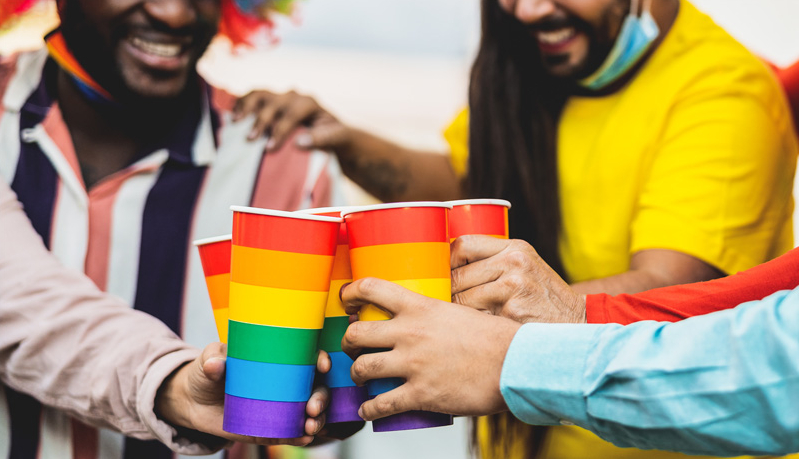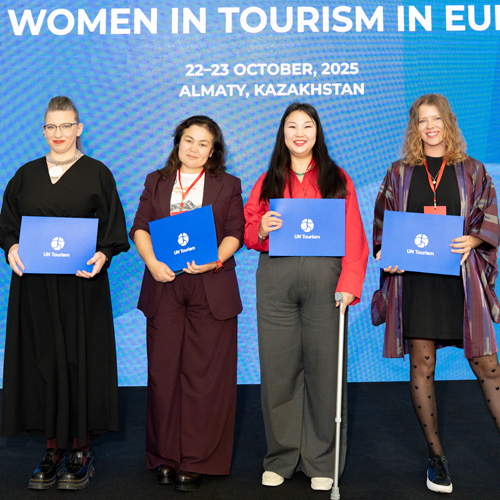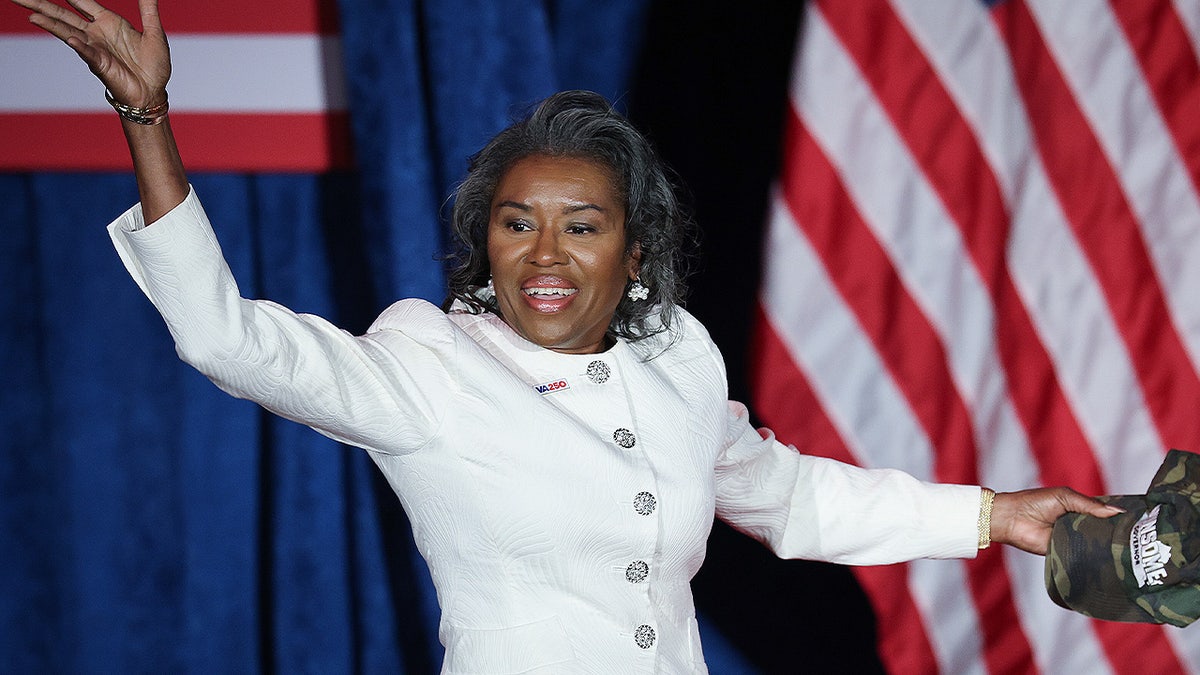Report on Freedom of Religion or Belief and its Intersection with LGBTQ+ Rights in Africa
A Sustainable Development Goals Perspective
1.0 Introduction: Human Rights, Inclusivity, and the 2030 Agenda
This report examines the principle of Freedom of Religion or Belief (FoRB) and its application to the rights of homosexual individuals, particularly within the African context. The observance of Pride Month in South Africa alongside International Religious Freedom Day highlights a critical intersection of fundamental freedoms. This analysis frames the issue within the context of the United Nations Sustainable Development Goals (SDGs), primarily SDG 16 (Peace, Justice and Strong Institutions) and SDG 10 (Reduced Inequalities), which call for inclusive societies that protect the rights of all individuals.
2.0 The International Framework for Freedom of Religion or Belief (FoRB)
2.1 Legal Foundations and Alignment with SDG 16
The right to FoRB is a fundamental human right, essential for achieving SDG 16 by ensuring public access to information and protecting fundamental freedoms (Target 16.10). It is legally enshrined in several key international instruments:
- The Universal Declaration of Human Rights (1948)
- The International Covenant on Civil and Political Rights (1966)
- The African Charter on Human and Peoples’ Rights (1981)
- The UN Declaration on the Elimination of all Forms of Intolerance and of Discrimination Based on Religion or Belief (1981)
2.2 Defining the Scope of FoRB
Article 1 of the 1981 UN Declaration provides a comprehensive definition of FoRB, establishing its inclusive nature. This right protects both religious convictions and non-theistic beliefs, including those pertaining to identity and lifestyle, such as homosexuality.
- The right includes the freedom to have a religion or belief of one’s choice and the freedom to manifest this religion or belief in worship, observance, practice, and teaching, either individually or in community.
- No one shall be subject to coercion that would impair their freedom to have a religion or belief of their choice.
- Freedom to manifest one’s religion or belief may only be subject to limitations prescribed by law that are necessary to protect public safety, order, health, morals, or the fundamental rights and freedoms of others.
This inclusive definition underscores that FoRB protects the right to hold and practice diverse beliefs, a principle that supports the SDG commitment to leave no one behind.
3.0 Analysis of FoRB and LGBTQ+ Rights in the African Context
3.1 The Socio-Religious Landscape
The application of FoRB in Africa is influenced by a distinct socio-religious environment characterized by:
- A majority Christian population with high levels of religious commitment.
- Significant trust placed in religious leaders compared to other public figures.
- A history of political leaders professing Christian faith.
3.2 Rising Inequalities: A Challenge to SDG 10 and SDG 16
Despite the continent’s strong religious identity, there is a rising trend of state-sponsored restrictions and persecution targeting homosexual individuals. This reality directly contravenes the objectives of the SDGs.
- Violation of SDG 10 (Reduced Inequalities): Reports from the Institute for Security Studies and Amnesty International confirm that nearly half of the world’s countries that have criminalized homosexuality are in Africa. Such discriminatory laws and practices are a direct barrier to achieving Target 10.3, which calls for the elimination of discriminatory laws, policies, and practices. The LGBT Equality Index further quantifies the significant inequality experienced by homosexuals in Africa.
- Undermining SDG 16 (Peace, Justice and Strong Institutions): The persecution of any group weakens the rule of law and fosters injustice, undermining the goal of building peaceful and inclusive societies. State-sanctioned discrimination erodes the effectiveness and accountability of institutions, contrary to the aims of Target 16.6.
4.0 Recommendations for Advancing Inclusive Societies and the SDGs
4.1 Upholding Universal Human Rights for All
To align with the principles of FoRB and the SDGs, a consistent application of human rights is required. If religious freedom is valued, it necessitates defending the right of others to hold and practice their beliefs, even if they differ. This includes refraining from supporting and actively challenging state regulations that discriminate against homosexuality. Such action is not an endorsement of differing beliefs but a commitment to the universal human rights framework that underpins the 2030 Agenda.
4.2 Fostering Partnerships for Sustainable Development (SDG 17)
Achieving peaceful, just, and inclusive societies requires collaboration. Religious communities and leaders have a critical role to play in advocating for the rights of all, including marginalized populations. By supporting the human rights of LGBTQ+ individuals as an expression of FoRB, these communities can form powerful partnerships (SDG 17) to reduce inequality, promote justice, and ensure that development is truly sustainable and inclusive for everyone.
Analysis of Sustainable Development Goals in the Article
1. Which SDGs are addressed or connected to the issues highlighted in the article?
The article primarily addresses issues related to two Sustainable Development Goals:
- SDG 10: Reduced Inequalities: The core of the article discusses the discrimination and inequality faced by homosexual individuals in Africa. It highlights the existence of discriminatory laws and state restrictions that deny this group equal rights and protections, contrasting this with the situation in South Africa where Pride Month is celebrated.
- SDG 16: Peace, Justice and Strong Institutions: The article is fundamentally about human rights, justice, and the rule of law. It discusses the Freedom of Religion or Belief (FoRB) as a universal human right enshrined in international law. The text critiques the failure of institutions in many African countries to protect these rights for all citizens, specifically pointing to the rise of state-sanctioned persecution and the criminalization of homosexuality, which undermines the principles of justice and inclusive societies.
2. What specific targets under those SDGs can be identified based on the article’s content?
Based on the article’s discussion, several specific targets can be identified:
SDG 10: Reduced Inequalities
- Target 10.2: “By 2030, empower and promote the social, economic and political inclusion of all, irrespective of age, sex, disability, race, ethnicity, origin, religion or economic or other status.” The article’s argument for supporting the rights of homosexual individuals to “hold, practice, and celebrate their beliefs” is a direct call for their social inclusion, which is currently denied in many countries mentioned.
- Target 10.3: “Ensure equal opportunity and reduce inequalities of outcome, including by eliminating discriminatory laws, policies and practices and promoting appropriate legislation, policies and action in this regard.” The article explicitly points to the need to challenge “state regulation against homosexuality” and mentions that “nearly half of the countries that have criminalised homosexuality globally are in Africa.” This directly relates to the goal of eliminating discriminatory laws.
SDG 16: Peace, Justice and Strong Institutions
- Target 16.1: “Significantly reduce all forms of violence and related death rates everywhere.” The article mentions that “violent persecution of Christians” is rising, and by extension, implies that state restrictions on homosexuality can lead to similar violence against LGBTQ+ individuals. Reports from Amnesty International are cited to show a “barrage of discriminatory laws stoking hate.”
- Target 16.3: “Promote the rule of law at the national and international levels and ensure equal access to justice for all.” The article frames its argument within international human rights law, citing the Universal Declaration of Human Rights and other covenants. The criminalization of homosexuality in various African states represents a failure to provide equal access to justice and uphold the rule of law for all citizens.
- Target 16.b: “Promote and enforce non-discriminatory laws and policies for sustainable development.” The central theme of the article is the call to challenge discriminatory laws against homosexuality and to apply the principle of Freedom of Religion or Belief (FoRB) in a non-discriminatory manner. This aligns perfectly with the promotion and enforcement of non-discriminatory laws and policies.
3. Are there any indicators mentioned or implied in the article that can be used to measure progress towards the identified targets?
The article does not mention official SDG indicators by name, but it implies several metrics that can be used to measure progress:
- Existence of Discriminatory Laws: The article directly refers to data from the Friedrich Naumann Foundation for Freedom about the number of countries that “have criminalised homosexuality.” This serves as a direct indicator for Target 10.3 and 16.b. Progress would be measured by a reduction in the number of countries with such laws.
- Legal Status and Equality Measures: The article mentions the “LGBT Equality Index,” which “includes the legal status of homosexuality among its measures.” This index itself is an implied indicator that tracks the level of legal equality and protection for homosexual individuals in different countries.
- Reported Incidents of Persecution and Discrimination: The article cites reports from the Institute for Security Studies and Amnesty International on “state restrictions on homosexuality” and “violent persecution.” The frequency and severity of such reported incidents would be a key indicator for measuring progress towards Target 16.1, tracking whether violence and discrimination are increasing or decreasing. This relates to the official indicator 16.b.1 (Proportion of population reporting having personally felt discriminated against or harassed).
4. Table of SDGs, Targets, and Indicators
| SDGs | Targets | Indicators (as identified or implied in the article) |
|---|---|---|
| SDG 10: Reduced Inequalities |
10.2: Promote social, economic and political inclusion of all.
10.3: Ensure equal opportunity and eliminate discriminatory laws. |
– The legal status of homosexuality as measured by frameworks like the LGBT Equality Index.
– The number of countries with laws that criminalize homosexuality. |
| SDG 16: Peace, Justice and Strong Institutions |
16.1: Significantly reduce all forms of violence.
16.3: Promote the rule of law and ensure equal access to justice. 16.b: Promote and enforce non-discriminatory laws and policies. |
– Number of reported incidents of violence and persecution based on sexual orientation or belief (as reported by organizations like Amnesty International).
– Existence of laws and state regulations that restrict rights based on sexual orientation. – The number of countries that have non-discriminatory laws protecting all individuals, including on the basis of sexual orientation and belief. |
Source: christiandaily.com







